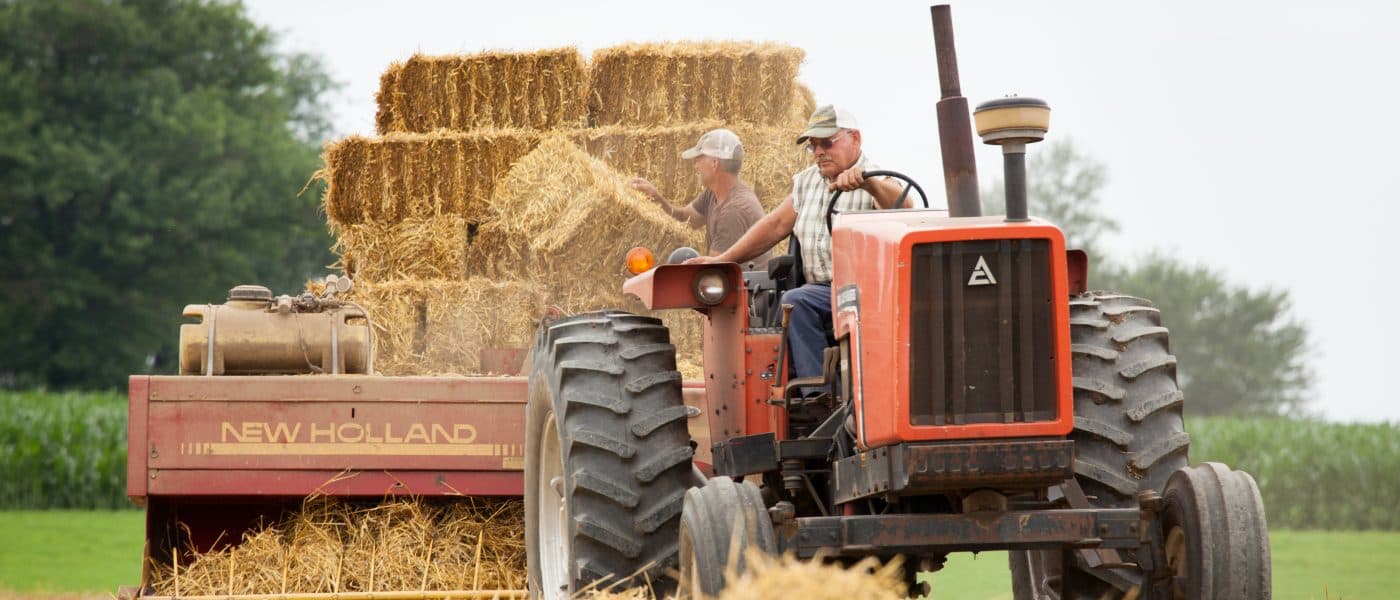Hi!
Sadly, I couldn’t make it to this year’s concert but I’ve heard rave reviews of all the wonderful food that was there. I’d like to know how you were able to replace the usual kinds of concert foods and what kind of criteria did you use to source these products? Thanks!
Jill Buckbee
Santa Clara, Ca.
Hi Jill!
Thanks for asking this question. We are so proud of the work that went into the food at this year’s show that I am glad to spend some time talking about it! This year, every vendor was required to serve family farmer food to our concert-goers at Randall’s Island. But it didn’t happen overnight. The process actually started with the 2006 show in Camden, N.J., where we were able to source between one-quarter and one-third of the food from family farms.
To really explain how this all happens, let me take a minute to explain how food at concerts comes to be in the first place. All concert venues have a contract with a concessions company. The concessions company sources the food and in some cases works with sub-vendors to bring a variety of product into a venue. In New Jersey, we worked with Aramark and this year, in New York, we worked with Spectrum Concessions.
To bring family farmer food to a concert, the first step is developing a relationship with the concessioner. The next is to create a set of criteria or guidelines to help them make the Good Food vision a reality. Here at Farm Aid, we wanted these criteria to reflect certain core values that reflect our basic principals of the Good Food Movement: the farmer gets a fair price for their product, the food can be traced back to its source and is raised sustainably.
In order to provide more useful purchasing guidelines, these ideals were turned into the very practical mandate: food served at Farm Aid 2007: A HOMEGROWN Festival must be local, organic, family farm identified or humanely raised. The guidelines were transformed into a letter of agreement, which the folks at Spectrum Concessions signed. Et voila! We were well on our way.
Even with everyone on the same page, there was still a lot of work to do: namely finding all the food! Spectrum and its sub-vendors worked hard to create a menu that would appeal to concert-goers and meet the required standards. Once the menus were confirmed, Spectrum Concessions appointed a staff person to work on sourcing issues and Farm Aid hired Sonya Kugler as a Food Forager to help make the connections between the food buyers and the companies and farmers that had product to sell. It’s also worth noting that the prices were really reasonable (even for concert food) ranging from $3 for a soy hot dog to $10 for a BBQ pork sandwich. Concert-goers responded well and sales were very strong. Just goes to show: Good Food speaks for itself!
The simple fact that Farm Aid was able to make this change in a few years is really remarkable. A handful of years ago, there might not have been enough product available to feed a crowd of 25,000. This year, however, we proved that it is not only possible, but everyone involved in this process was really proud to deliver high quality product to concert-goers, a new market for farmers and a showcase for companies that are doing good work.

